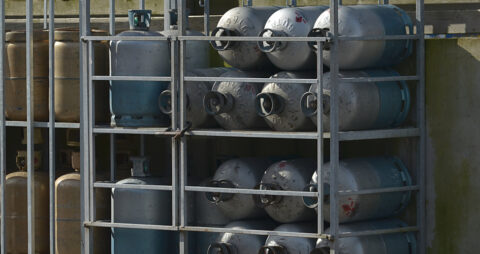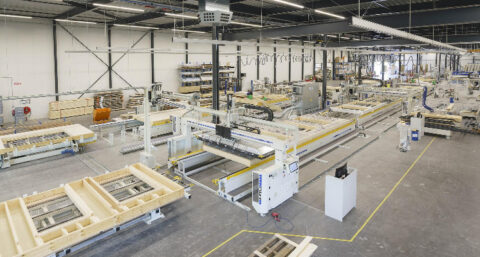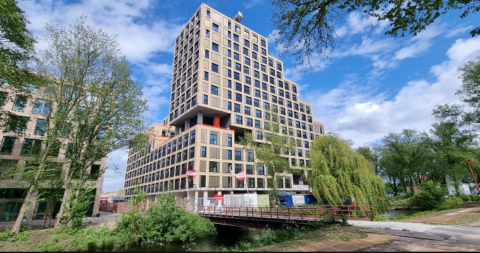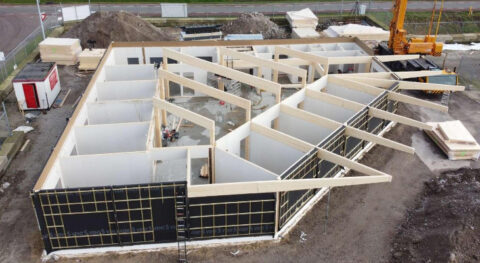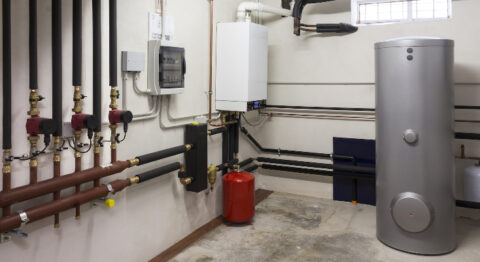Investments are needed, from a sloppy 375 billion euros for the energy transition until 2050, of which we have 225 billion also at a loss. But even if we get the financial picture right, the door to a natural gas-free Netherlands will still be slammed shut by a labor shortage.
The Netherlands simply does not have enough labor capacity to be off the gas by 2050, nor is there a realistic path that leads there. So concludes the Economic Institute for Construction (EIB) in a new report. By 2050, 150,000 full-time jobs are needed in sustainability, while the Netherlands now has about 60,000. That means almost 100,000 jobs would have to be added, which the EIB says is impossible.
Feasible to 2030
The EIB is still fairly positive about climate ambitions until 2030, to reduce CO2 emissions by 55 percent. That certainly seems achievable, but then efforts and sacrifices will have to increase. For homes, for example, more subsidies must be provided for heat pumps, for example. The number of homes taken off natural gas each year must increase from last year's 50,000 to 150,000 by 2030. This is not impossible, although it will involve doubling investments to 6 billion by 2030. And the utility sector will also have to make real strides. To take those steps, there already needs to be more jobs in occupations involved in sustainability, from almost 60,000 to over 80,000 by 2030.
The pace needs to seriously pick up
But the real challenges don't lie until after 2030. At that point, less than a million homes will be off gas. That means that in the twenty years after that, another 6.1 million homes will have to be off gas, not counting the utility sector. An explosive growth must take place there as well, according to the EIB. Together, that gives an investment of 375 billion euros, of which 225 billion must be absorbed by higher taxes, from the assets of housing corporations or from higher energy bills of households.
Financially, then, this is already an "immense task," according to the EIB. Yet "the physical implications of a fossil-free built environment by 2050 are even more extensive. That problem lies in the labor capacity needed to take the built environment off natural gas. By comparison, last year nearly 60,000 full-time jobs were involved in the sustainability effort. By 2050, there should be 150,000. 'Such a jump in scale seems impossible to achieve even in a 27-year period.' While the intake into technical courses is still sufficient at present, the EIB expects it to gradually decline. Where the huge additional labor capacity will then have to come from, the EIB is in the dark about that.


